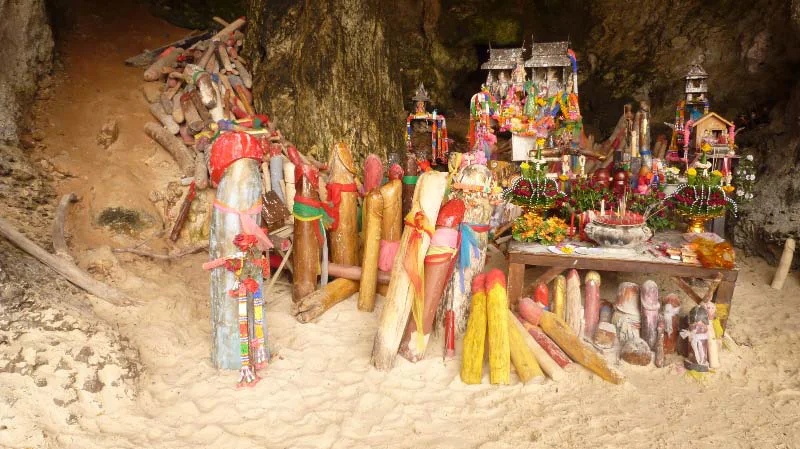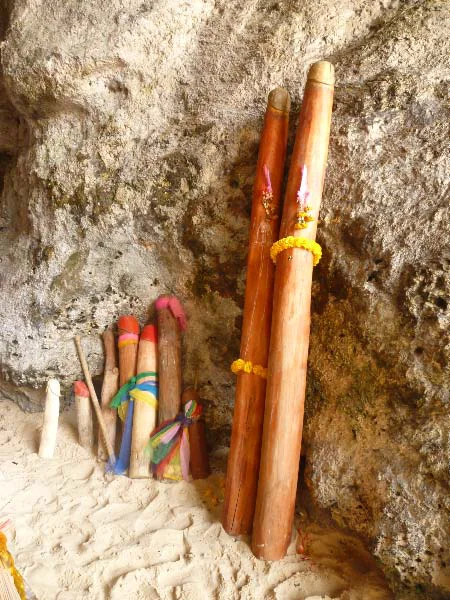Content
- FAQ
- Anatomy of the penis
- Average penis size
- Big nose big penis?
- "Buried Penis"-syndrome
- Cult worship of the penis
- Free penis enlargement
- Gymnastics
- Incurvate penis
- Measuring penis length
- Measure penis girth
- Men and their penis
- Micropenis
- Penis enlargement surgery
- Penis girth
- Penis pumps
- Pills or ointments
- The glans of the penis
- Thick penis
- Thin Penis


